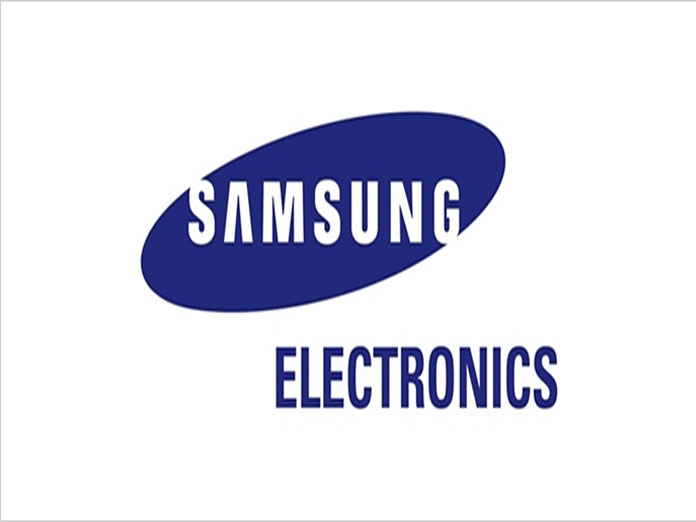Semiconductor revenue grew over 13% globally in 2018: Gartner

Led by Samsung Electronics, worldwide semiconductor revenue totalled 4767 billion in 2018, a 134 per cent increase from 2017, according to preliminary results by market research firm Gartner on Monday
San Francisco:Led by Samsung Electronics, worldwide semiconductor revenue totalled $476.7 billion in 2018, a 13.4 per cent increase from 2017, according to preliminary results by market research firm Gartner on Monday.
Samsung was followed by Intel, SK hynix, Micron Technology, Broadcom, Qualcomm, Texas Instruments, Western Digital, ST Microelectronics and NXP Semiconductors in the list of top 10 semiconductor vendors by revenue.
"The largest semiconductor supplier, Samsung Electronics, increased its lead as the No. 1 vendor due to the booming dynamic random-access memory (DRAM) market," Andrew Norwood, Vice President, Analyst at Gartner, said in a statement.
Memory strengthened its position as the largest semiconductor category, accounting for 34.8 per cent of total semiconductor revenue, up from 31 per cent in 2017.
The combined revenue of the top 25 semiconductor vendors increased by 16.3 per cent during 2018 and accounted for 79.3 per cent of the market, outperforming the rest of the market, which saw a milder 3.6 per cent revenue increase.
This is due to the concentration of the memory vendors in the top-25 ranking, Gartner said.
Major memory vendors that performed strongly in 2018 include SK hynix -- driven by DRAM, and Microchip Technology -- due to its acquisition of Microsemi.
The top four vendors in 2017 retained their ranking in 2018.
"The current rankings may see significant change this year with the expectation that memory market conditions will weaken in 2019," said Norwood.
"Technology product managers must prepare for this limited growth to succeed in the semiconductor industry," he added.
As the market for smartphones and tablets continues to saturate, application processor vendors must seek adjacent opportunities in wearables, Internet of Things (IoT) endpoints and automobiles, Gartner said.
The second-largest semiconductor category, application-specific-standard products, saw limited growth of 5.1 per cent due to a stalling smartphone market combined with a tablet market that continues to decline.
Leading vendors in this segment area, including Qualcomm and MediaTek, are aggressively expanding into adjacent markets with stronger prospects for growth, including automotive and IoT applications.
Merger and acquisition activity in 2018 was more significant for the deals that did not happen than the deals that did.
Broadcom's hostile takeover attempt of Qualcomm failed as the US government stepped in, and Qualcomm's bid to secure NXP became embroiled in the ongoing trade war with China.
Completed deals included Toshiba spinning off its NAND business into Toshiba Memory in June 2018 and Microchip's May 2018 acquisition of Microsemi.
"2019 will be a very different market from the previous two years," said Norwood.
"Memory has already entered a downturn, there is the looming trade war between the US and China, and mounting uncertainty about the global economy," Norwood added.














